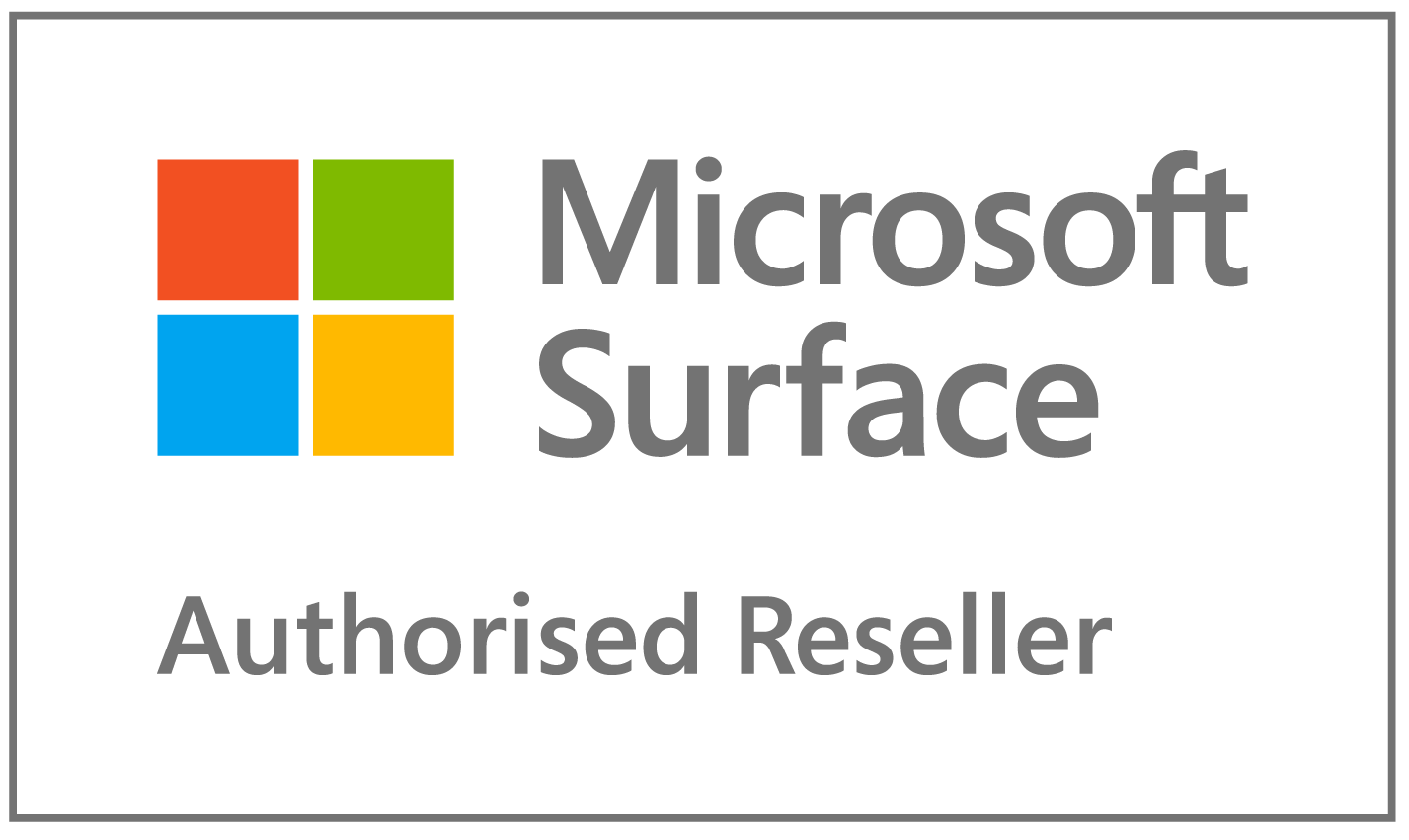We use our devices to store all kinds of things – photos, videos, messages, documents, health data, settings, accessory setups etc. Your memories, your information and your preferences are valuable and important, and no-one wants to run the risk of losing them. But too often many of us fail to back up our devices, wrongly believing that it happens automatically. This is not quite true. For instance, your iPhone only backs up a maximum of 5GB of data unless you pay for an upgrade. What this means is that if your iPhone is lost, damaged or stolen, you’re likely to lose all of your precious information and files.
Unless of course, you have a backup plan in place.
Maintain a regular backup routine
The only way to protect your data against damage or loss is to back it up somewhere. This is also useful when you want to transfer your settings and information from an old device to a new one. You need to have a plan and a routine for how and when you’re going to back up your devices – and stick to it.
For businesses, at least once a week is the bare minimum to back up your data. Any less and you’ll run the risk of significant data loss and disruption to your business.
For home users, you can afford to go a bit longer between backups. Every few weeks is a good minimum, but more often is better, especially if you’re a big photo taker. It’s the only way to ensure complete peace of mind that your precious memories and information are safe.
How to back up your iPhone or iPad
You have a few options when it comes to backing up devices such as iPhones and iPads. The only truly complete options are backing up with iCloud and iTunes, as these can back up all your different kinds of data and settings. Time Machine backups add an extra layer of protection for your data and are well worth doing too.
Back up with iCloud
iCloud stores your backups in a cloud-based storage system that you can access from anywhere with an internet connection. Here’s how you do it:
- Make sure the relevant device is connected to a Wi-Fi network
- Go to your settings and select iCloud
- Select iCloud Backup
- Choose Back Up Now and make sure you stay connected to the Wi-Fi network to complete the process
To check that the backup has successfully completed, do this:
- Go to Settings (your name)
- Choose iCloud
- Choose iCloud Backup
- If you look under Back Up Now, you’ll be able to see the date and time of your last backup
Choose automatic backups with iCloud
If you don’t want to worry about when and if you’ve backed up, choose to set it up automatically:
- Go to Settings (your name)
- Choose iCloud
- Choose iCloud Backup and make sure iCloud Backup is turned on
- Connect your device to both a power source and a Wi-Fi network
- Make sure that the screen of your device is locked, and that you have enough iCloud space for the backup (iCloud provides 5GB of storage for free, but you can buy more if you need to).
Back up with iTunes
An iTunes backup stores your backups locally on your Mac, and you have to be using that computer to access them. Do this:
- Connect your device to your Mac
- If you’re running Catalina, open Finder. If you’re running Mojave or earlier, open iTunes
- If a message asks for your device passcode or to Trust This Computer, follow the on-screen steps
- Locate your device on your Mac (generally it will show up on the left side bar on iTunes. If you are having trouble locating it, please refer to https://support.apple.com/en-au/HT203060)
- Choose Back Up Now
- You will be able to see if the backup was successful once the process has finished
Back up with Time Machine
As a further layer of protection, back up all of your files to the built-in backup system of your Mac. Time Machine ensures all your photos, music, apps, documents, emails and system files remain safe, accessible and easily able to be restored in the event of a catastrophe. Time Machine works by making hourly, daily and weekly backups to an external storage device, and deletes the oldest backups once the device is full.
You’ll need to connect an external storage device to your Mac, such as a USB, USB-C or Thunderbolt drive, AirPort Time Capsule or Network-attached storage device that supports Time Machine over SMB. You can even use your Mac shared as a Time Machine backup destination.
If your Mac asks to use this drive to back up with Time Machine:
- It is recommended that you select Encrypt Backup Disk, to ensure your backup is only accessible via a password
- Click Use as Backup Disk
If your Mac doesn’t ask to use your drive, you can add it manually by doing this:
- Go to the Time Machine menu in the menu bar and Open Time Machine preferences
- Click on Select Backup Disk (or Select Disk, or Add or Remove Backup Disk, depending on your operating system)
- Choose the external drive you want to use from the list of available disks
- Select Encrypt Backups
- Click on Use Disk (you’ll need to make sure your external drive is erased of all other information and formatted before you can use it)
And it’s as simple as that! The first backup may take quite a long time, but after that, Time Machine will make periodic backups automatically, and these will be faster, as only the files that have changed since the previous backup will be backed up. And you can continue using your Mac as normal while the backup is taking place. You can enjoy the convenience of automatic protection for your files with an extremely safe and secure system.










